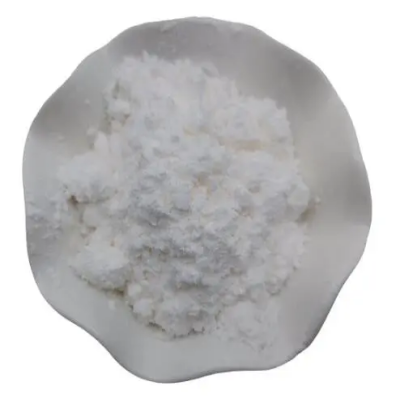Rutile CAS:1317-80-2
Rutile, with the chemical formula TiO2, is a prominent mineral form of titanium dioxide, notable for its exceptional physical and chemical properties. It is widely recognized for its high refractive index, excellent UV light absorption, and thermal stability, making it a sought-after material across various industries. Rutile occurs naturally in metamorphic and igneous rocks, often forming needle-like crystals and exhibiting a range of colors from reddish-brown to yellowish hues. One of the primary applications of rutile is in the production of titanium dioxide (TiO2) pigments, which are renowned for their whiteness, brightness, and opacity. These pigments are essential in the manufacturing of paints, coatings, plastics, and paper, providing durability and enhancing aesthetic qualities. The demand for titanium dioxide pigments has grown significantly due to their non-toxic and environmentally friendly properties, positioning rutile as a vital component in various consumer products. In addition to pigment production, rutile serves as a significant source of titanium metal, employed in aerospace, automotive, and medical applications due to its lightweight and corrosion-resistant characteristics. Titanium alloys, derived from rutile, are critical in high-performance applications, such as aircraft components and implants, where strength-to-weight ratios are paramount. Moreover, rutile's unique optical properties render it valuable in optics and electronics. It is used in the manufacture of specialized glasses, polarizers, and optical instruments. Its ability to manipulate light ensures its relevance in advanced technologies, including lasers and fiber optics. Rutile also finds applications in the field of geology and environmental science, where it serves as a key indicator mineral in sedimentary processes and paleoclimate studies. Its stability in geological formations provides insights into past environmental conditions. While rutile is generally considered safe, precautions are necessary during mining and processing due to potential respiratory hazards associated with dust exposure. Regulatory measures are in place to ensure safe handling practices. In summary, rutile is a versatile mineral with significant applications in pigment production, titanium metal manufacturing, optics, and environmental studies. Its unique properties and widespread utility across various sectors underscore its importance as a valuable industrial mineral, contributing to advancements in materials science and technology. As demand for titanium and its compounds continues to rise, the role of rutile is expected to expand further, reinforcing its significance in modern industry.



| Composition | O2Ti |
| Assay | 99% |
| Appearance | white powder |
| CAS No. | 1317-80-2 |
| Packing | Small and bulk |
| Shelf Life | 2 years |
| Storage | Store in cool and dry area |
| Certification | ISO. |









